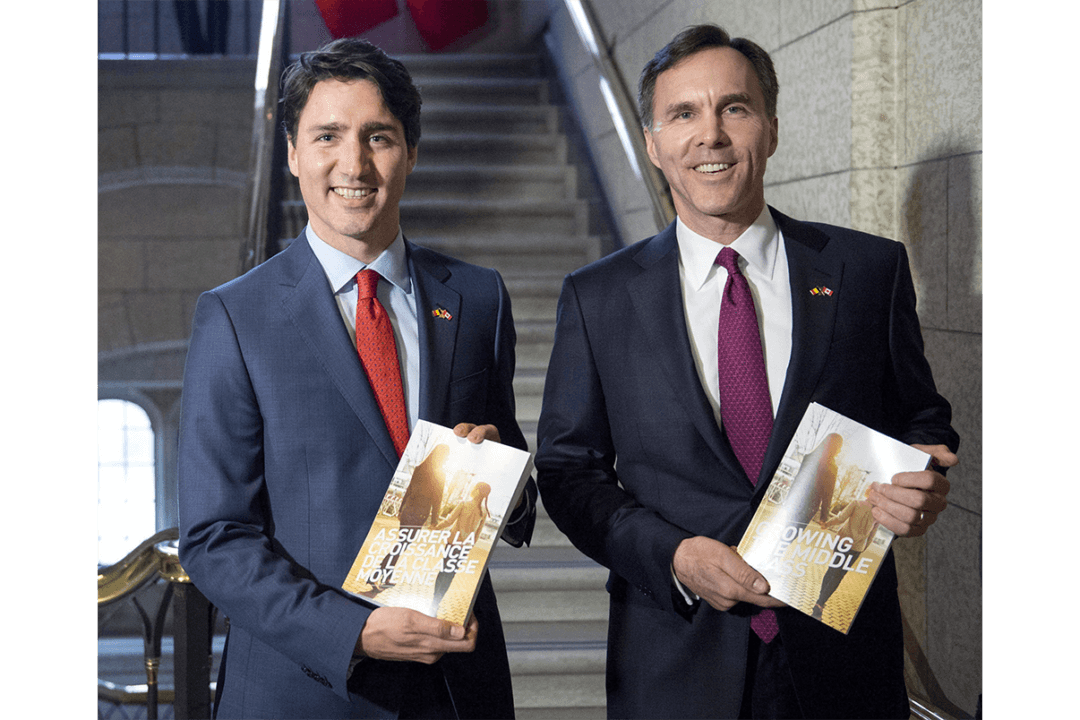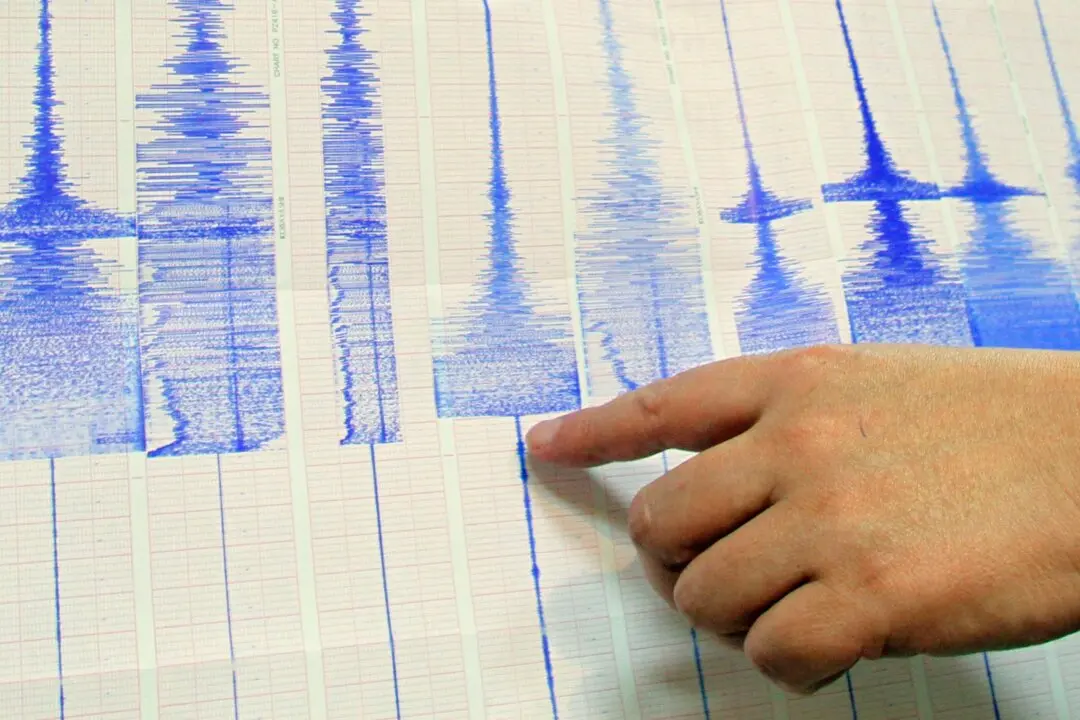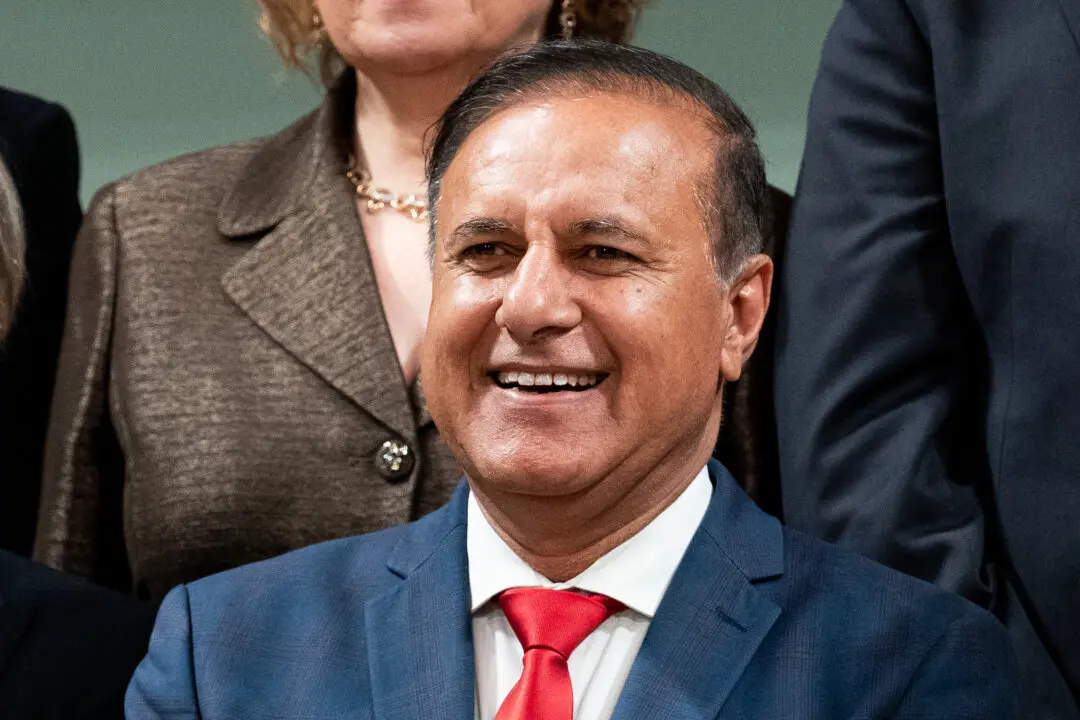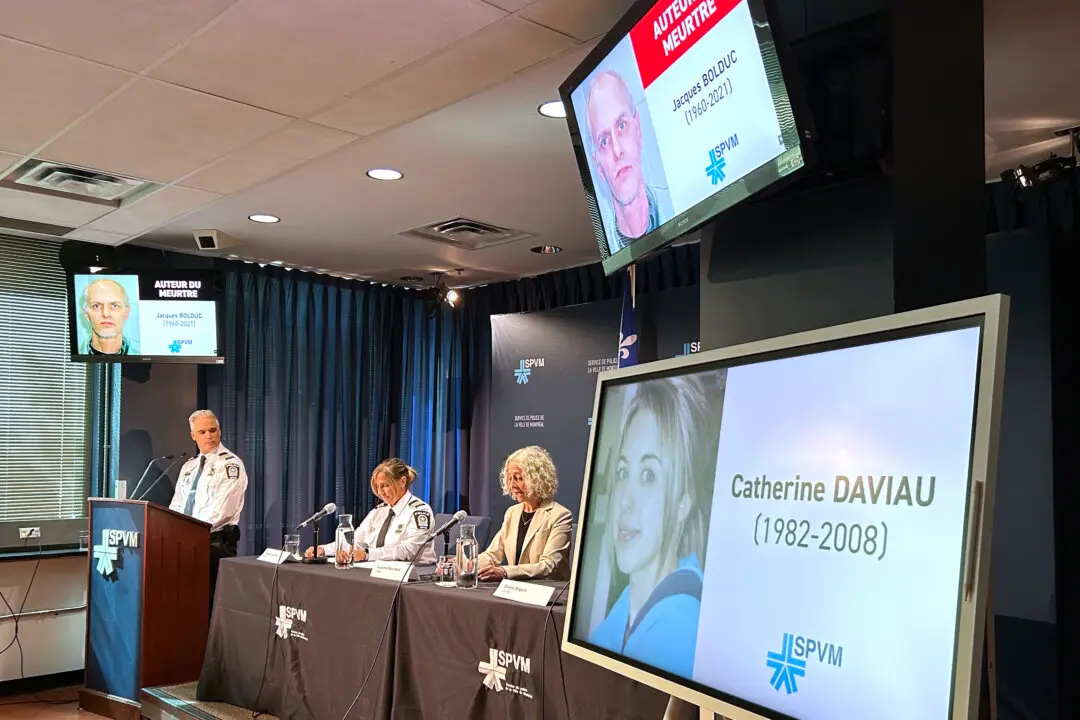OTTAWA—The new Liberal government delivered a sunny ways budget Tuesday, March 22, brimming with optimism and billion-dollar spending increases spread across a wide spectrum of society.
But the bold effort to spur economic growth after almost a decade of fiscal restraint will add more than $100 billion to the federal debt over the next five years as Finance Minister Bill Morneau plunges Ottawa back into the red.
And like March sunshine in the frozen national capital, there’s concern that Prime Minister Justin Trudeau’s bright budget may not heat up the economy quite as much as the Liberals promised it would.
“We act for the years and decades to come,” Morneau said in his maiden budget speech in the House of Commons.
“We act for our children and our children’s children.”
There’s billions in new spending on infrastructure, Aboriginal Peoples, and transfers to middle and lower income Canadians in a budget blueprint framed by Morneau in terms of Canada’s great post-war expansion of the last century.
“Confidence inspired investment,” Morneau said of those high-growth, post-war decades. “Investment inspired confidence.”
The Liberals claim their budget will create 100,000 jobs and boost national economic growth, as measured by gross domestic product, by half a percentage point per year—a huge increase on a $2 trillion economy.
The promised sunny future comes with an immediate fiscal chill.
The Liberals are projecting a $29.4-billion deficit in 2016-17, followed by a $29-billion shortfall the following year and almost $23 billion in 2018-19. Over the next five years, Tuesday’s budget shows $113.2 billion in red ink, including a $14.3 billion shortfall for 2020-21—after the next scheduled federal election.
During last year’s campaign, the Liberals promised “modest deficits” of no more than $10 billion over the course of their mandate and to balance the books by 2019-20.
Times, it seems, have changed: The word “deficit” appeared nowhere in Morneau’s budget speech, nor did “spending.” “Investment,” on the other hand, registered 22 times.
“Canadians gave them an inch and they’re taking miles,” Conservative interim leader Rona Ambrose said in a release, while calling the Liberal budget a “nightmare scenario for taxpayers.”
Risk of over-reaching
The relatively slim, 269-page budget is packed with spending promises for all and sundry on every page. The final Conservative budget of April 2015, by contrast, weighed in at 518 pages while ratcheting down spending in a government-wide effort to show an election-year surplus.
On Parliament Hill, the post-budget stakeholder reaction bullpen—typically a cauldron of grievances—was largely singing the Liberal gospel.
But economist Craig Alexander of the C.D. Howe Institute sounded a note of caution.
“I think budget 2016 runs the risk of over-reaching,” said Alexander. “The reality is the amount of money they have to make an impact is relatively limited.”
It’s the central paradox of the first Liberal budget: while plunging the country back into deficit, Liberal spending is constrained by a worse-than-anticipated economy that’s forcing the government to spread its election promises over a longer time frame.
Put another way, the federal deficit balloons by almost $25 billion in 2016-17, yet new budgetary measures are costed at only $11.57 billion. New spending the following year is forecast at $14.9 billion.
“The challenge the government has faced is how do you actually deliver on as many of your election promises as you can, but with a binding fiscal constraint?” said Alexander.
New Democrats, who campaigned five months ago on a balanced budget platform, accused the big-spending Liberals of being cheap.
“Families across Canada are worried about their jobs and struggling to make ends meet, but today’s budget told them they would have to wait longer for help,” said NDP Leader Tom Mulcair.
Over the last three years, federal spending was held to an average 0.4 per cent increase per year, said Mary Webb, senior economist at Scotiabank. The next three years show average increases of 6.3 per cent.
“How do you close this gap here?” Webb wondered, short of tax increases or sharp cuts down the road.
The budget promises a slew of studies and commissions to develop more innovative economic policy, presumably with future price tags on top of the many funding announcements in the current budget.
These include:
- $8.4 billion over five years to help indigenous communities, including $2 billion on water and wastewater systems in First Nations and $2.6 billion over five years for primary and secondary education on reserves.
- $10 billion more over two years for a new Canada child benefit, absorbing and replacing both the Canada child tax benefit and the universal child care benefit.
- $6.6 billion over two years for infrastructure, less than the $10 billion promised in the Liberal election platform.
- $3.4 billion over five years to increase the guaranteed income supplement top-up benefit for single seniors, and restore the old age security eligibility age to 65 from 67.
- $2 billion over three years for a new strategic investment fund for infrastructure improvements at colleges and universities.
- $2 billion over two years for a low-carbon economy fund, beginning in 2017-18.
Jean-Francois Perrault, chief economist at Scotiabank who served as an assistant deputy minister at Finance Canada until the end of 2015, said the Liberals are over-confident in their projections of the budget’s impact on Canada’s economic growth.
But he repeatedly praised the budget’s many specifics.
“There’s a lot of interesting stuff in there,” said Perrault. “It’s a smartly designed piece of policy, no question about that.”
From The Canadian Press





